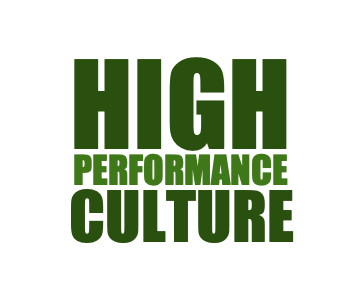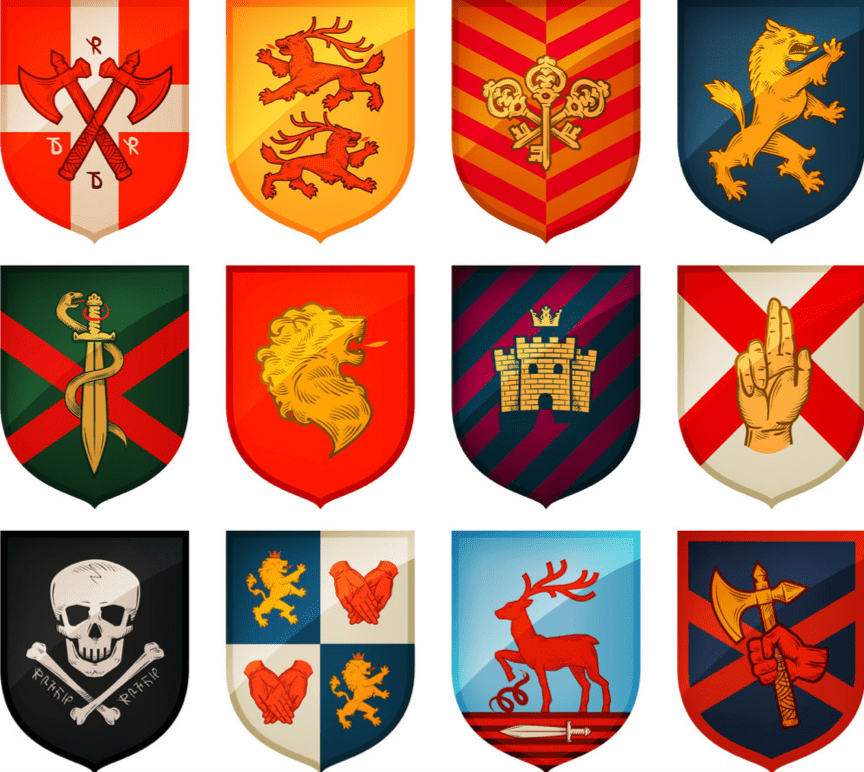Coat of Arms Overview:
- Objective = To get to know your remote colleagues better, and understand what they can bring to the team
- Team Size = Any group size will work
- Time = 5 mins
- Difficulty = Medium
- Materials Required = Yes
- Preparation Required = Yes
- Technology Required = Shared document and video/phone conferencing
High Performance Team Building
Why this is an important activity for your team
Strong relationships are a critical component of high performing teams. Its basically what separates a collection of individuals from an actual team. In order to build relationships, there needs to be trust amongst the team members. In an office, trust is something that can be built overtime through frequent interactions (meeting in the hallway, having lunch together, talking at the other person’s desk, etc…).
We want to build a type of professional closeness that occurs between colleagues who have started to understand each other beyond the basics. But in a fast growing startup / scaleup, you probably don’t have the luxury to wait months for new joiners to fully integrate into their teams. So we have to build trust by having the team open up with one another. That is why we recommend each team member create their own Coat of Arms.
Starting in the 12th century in Europe, noblemen would create a Coat of Arms as a representation of themselves. These images would be incredibly personal, and would be painted on shields stitched onto banners and clothes. Basically, a Coat of Arms was the snapshot of what was important to the person at that time, and their chosen designs would alter over time. The Coat of Arms exercise is a great way to build that deeper knowledge of one another, and do so in a fun and creative way.
High Performance Team Building
Preparation – Share the Coat of Arms file (2 days before)
Open up the Coat of Arms file, and make sure you have enough Coat of Arm pages for each of your team members. We recommend that you create your own personal Coat of Arms, so your people get a better idea of what you want them to accomplish.
A couple days before the meeting, give your team access to the file, and explain to them that the goal of the exercise is for each team member to create a personal Coat of Arms in relation to their role within the team. They should open the file you sent, and start building their Coat of Arms. At your next team meeting they will have to present their Coat of Arms to the rest of the team.
Each section of the Coat of Arms corresponds to a specific question. The team member needs to answer the question by inserting a picture, GIF, or drawing in the corresponding section of their Coat of Arms. While we are recommending some specific questions, feel free to update the Coat of Arms template with your own questions. Our recommended questions are:
- What do I think are my biggest contributions to the team?
- Are there any challenges that I am facing at the moment?
- What do I want to accomplish this year?
- How do I feel about the rest of the year?
High Performance Team Building
Step 1 – Review the Coat of Arms (5-25 mins)
There are two ways you can run the Coat of Arms exercise: in one meeting or spread across multiple meetings. If you want to run this exercise in one meeting, have each person take a turn to present their Coat of Arms. The other way to run it is to spread the Coat of Arm presentations across multiple meetings. Learning about a new person’s Coat of Arms can be a fun way to start a meeting.
When a person presents his/her Coat of Arms, they should explain why they chose each image, and give their answers to the questions. The rest of the team should use Active Listening questions to try and understand the person even better. This is a great opportunity to find similarities and build stronger connections.
High Performance Team Building
Step 2 (Optional) – Revisit your Coat of Arms in 6 months
The Coat of Arms activity does not have to be a one time only exercise. We recommend you revisit your team Coat of Arms at least once or twice a year. It is a great opportunity to check in where they are now. What has changed, and why has it changed? How are those changes represented visually?
High Performance Team Building
Cary Bailey–Findley has built High Performance Cultures within three Fortune 500 companies, and was awarded the ranking of #1 development organization in the world by the Association of Talent Development. He is currently the Talent Manager for SimCorp, but spends his free time helping startups scale up the the talent they need to succeed.




Add a Comment